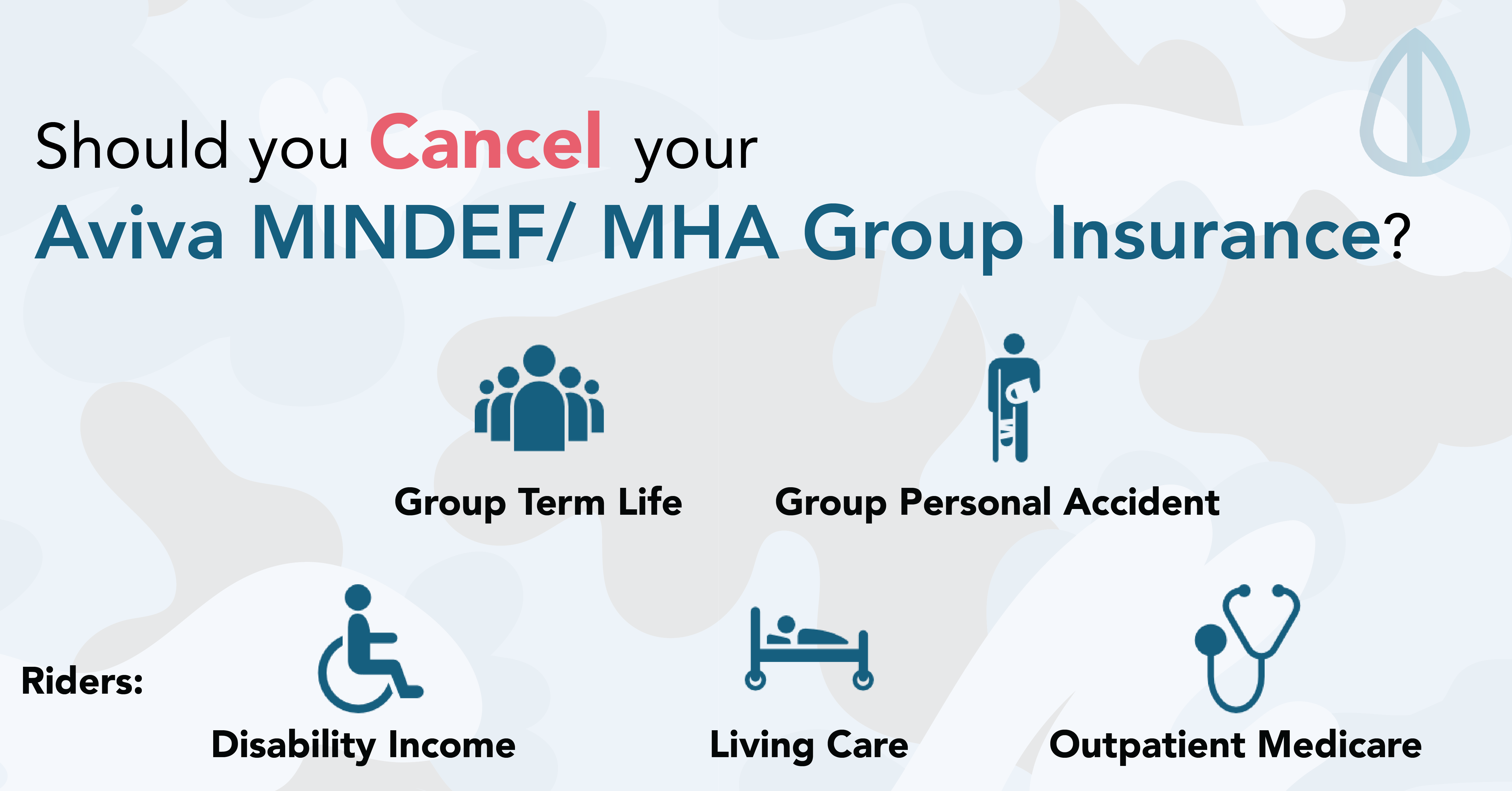Advertisement
Anonymous
Why would anyone local (Singaporean) buy a commercial product from any of the big insurance companies (Manulife, Aviva, GE, etc)?
As per title. I've been reading up on multiple articles and I still can't fathom what the primary reasons behind this would be.
As I understand it, ILPs are used as a tax evasion strategy for specific audiences in the UK, and investment policies/insurance are designed in a way to inspire fear and greed in people, which then triggers them to buy something they don't need.
Are there any actual benefits to any of these products, or are they just heavily upmarked cash cows like Apple products are?
7
Discussion (7)
Learn how to style your text
Loh Tat Tian
30 Dec 2020
Founder at PolicyWoke (We Buy Insurance Policies)
Reply
Save
Because majority of the public still not sure what is the different between, term, wholelife, ILP, annuity, endownment. When want to do research cheapest plan, it is difficult because the website will tell you "Ask for a quote"
Role playing
Public: " i want protection for me & my family what should i do?"
Agent: " i have a plan that can give you protection & at same time help you grow your wealth"
Then they will pull out a table with a projected return of 6% p.a. if you contribute $× every month, you will get $××.
After that they will take out a piece of paper, draw a line , at 5yr you will have this $xx amount , at 10yr you will have $×××, if you put in bank the interest is so low.
Public: ya , that sound nice, grow my wealth and have protection why not. 😃. But i need to think about it...
Agent: why not? What is your concern?.... then will drag till you tired and sign
Then will give case study, last month i cialm for my cilent lucky they bought the plan....... blah blah blah
At end of the day , not sure what you signing. Only after that regretted.
From young, i go to bank with my mum, till i go to my bank myself, till i bought a insurance policy. Same.
Same procedure, sell all plan.
These is how financial sector earn money. By managing other people money and charge a fee.
Reply
Save
Write your thoughts
Related Articles
Related Posts
Related Posts
Advertisement








The benefits depends on what you are looking at.
For the total cost of the policy, some are 1% fee, 2% or even 2.5% nett fees p.a (provided you hold to the policy long term). This is easily calculated if you know how, using a TVM (time value of money) calculator.
For ILPs, there are also different kinds of ILPs.
(1) 101 ILPs (or pure investment ILPs with no protection element)
(2) ILPs with premium allocation of 0.3 up to 1.05 as time pass (front loaded ILP)
(3) ILPs with high surrender penalty (back loaded ILP)
(4) ILPs with high fees (4% a year for 10 years)
Usually some have AI funds which are interesting, but most of them are not as interesting (if you can DIY), and currently Robo-Advisors with low fees uearly (up to 1% now), that makes ILPs look bad.
You have to look at the context from previous years (no robos, lots are 1000 shares per lot) till now (US brokerage with low fees and fractional shares available via robos).